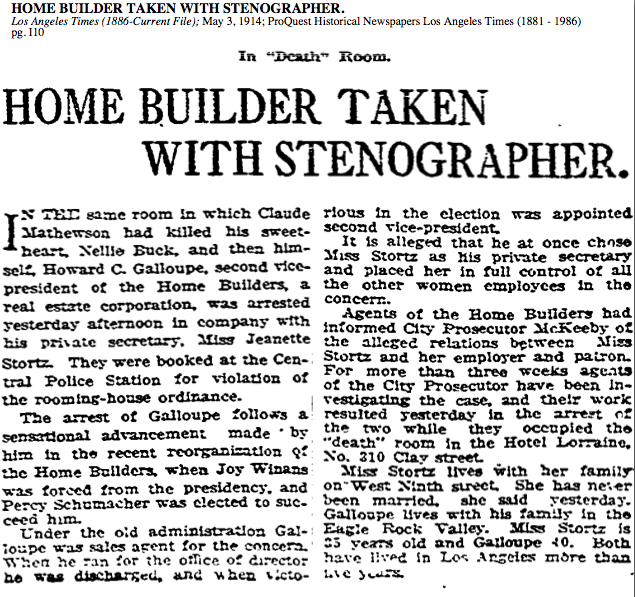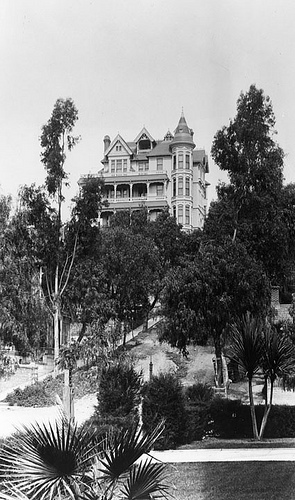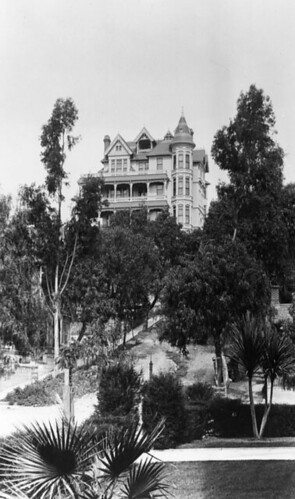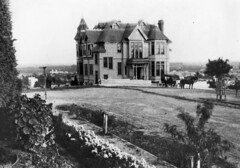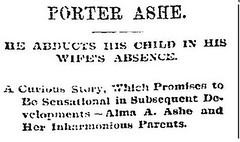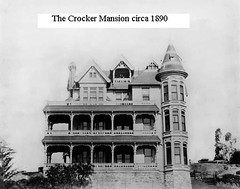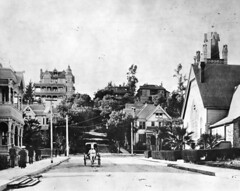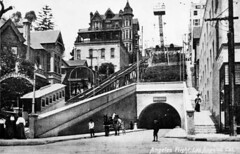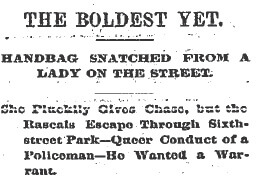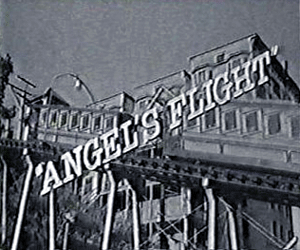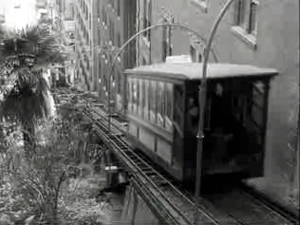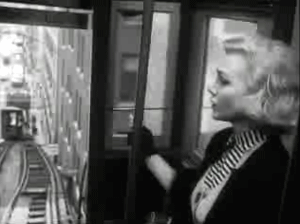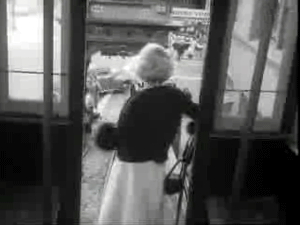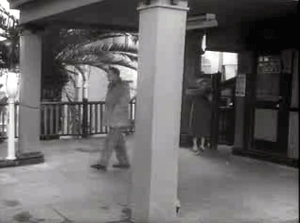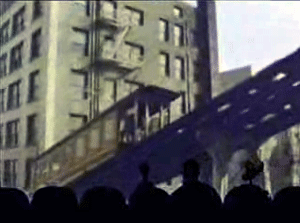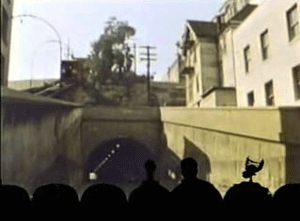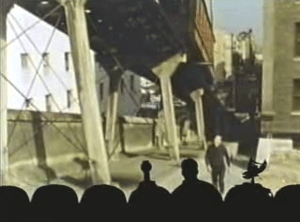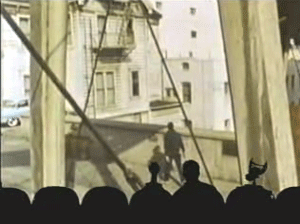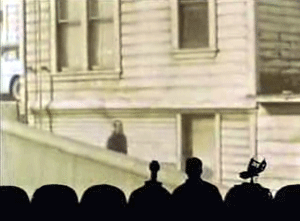
Location: 310 Clay Street
Date: April 11, 1914
Claude Mathewson lived and died by the philosophy "The better the day, the better the deed." He’d often slip this bon mot into conversation in the basement dives of Spring Street, and if his tipsy companions didn’t know what the hell he meant in life, they got an inkling today as he lays dead.
At the time of his death Claude was joint proprietor of the Hotel Lorraine with his paramour Nellie Buck, aka Nellie Murdock, the black-haired Irish of 24 who was known as "The Most Beautiful Woman on Spring Street" — a phrase that damns as it praises, for it is a certain kind of woman who frequents the rowdy cafes of this avenue.
And Claude too was well known along Spring, as former proprietor of the Rathskellar Cafe, one-time ward politician, deputy sheriff and fireman. When Nellie came from the north on a lark and met Claude, he had already divorced once and would soon enough lose track of wife #2. He’d never taken a woman seriously before, but when he saw Nellie, he was gobsmacked. He contrived to pay for her drink with a $50 bill, and was rewarded when the lady smiled and said to her friend, "He’s some sport." Claude’s captivation became the talk of the town, as his wife filed for divorce, his bank accounts were emptied to buy dresses and wraps, and he even sold his cafe on Nellie’s whim, because she wanted to run a rooming house. He paid $5000 for the Hotel Lorraine (later to be called the Hotel Clayton) and established her there on Clay Street. But soon the police discovered the type of establishment it was and blocked new tenants from arriving, and Claude found himself short of cash.
Worse still, Nellie developed an affection of her own, and began traveling to the Vernon Country Club to dally with a cafe singer. Anxious, Claude retired to Murrietta Hot Springs to lick his wounds, and there he brooded. On his return to town, his jaw was set, and his friends could see he had made some big decision. It was hoped he would scare up some cash and redeem his cafe partnership with Walter Lips, former fire chief, but this was not his plan.
Late Thursday night, he went to the hotel to look for Nellie, and waited until she returned from Vernon. They fought, and she told him she intended to leave him, and had been saving her money to get away the very next day–Good Friday. Is that so, mused Claude. Because he too had been waiting and planning something for the morning, only his plan was to kill Nellie. He had waited fourteen days to perform this grim act on the most auspicious date. Nellie sat shocked, then ran to a friend’s room to say that Claude was mad. But she must not have taken him seriously, since she returned to her room and continued the discussion, and all night they quarreled.
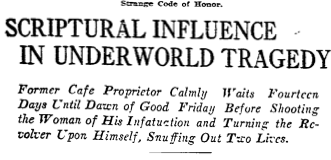
And when the dawn broke, Claude announced "Good Friday has come, my dear, and it is time for you to die." She screamed. He took her own gun from her desk and aimed. She hid in the closet, wrapped in silky things he’d bought for her, which were no defense against two slugs from the little lady’s .25. And after satisfying himself that she was dead Claude rolled and smoked a last cigarette, then shot himself in the head.
Nellie was buried at Rosedale, and her lover cremated after services at the Peck & Chase chapel. Mrs. Mathewson, who returned from Seattle to handle the arrangements, is at her sister’s home on West 41st Street, and will not speak of what has happened, but we think the disposition of her husband’s body says it all.


